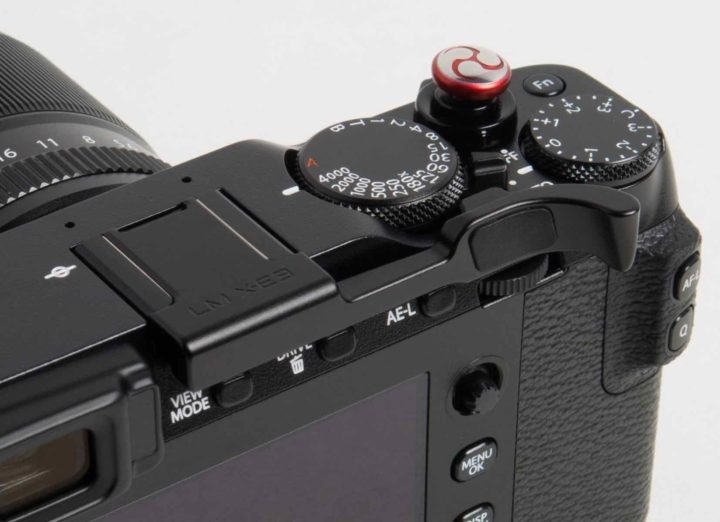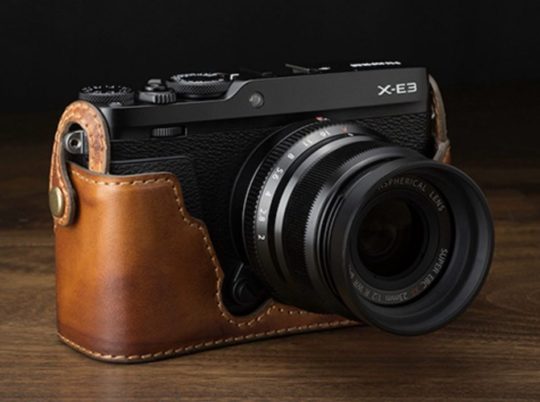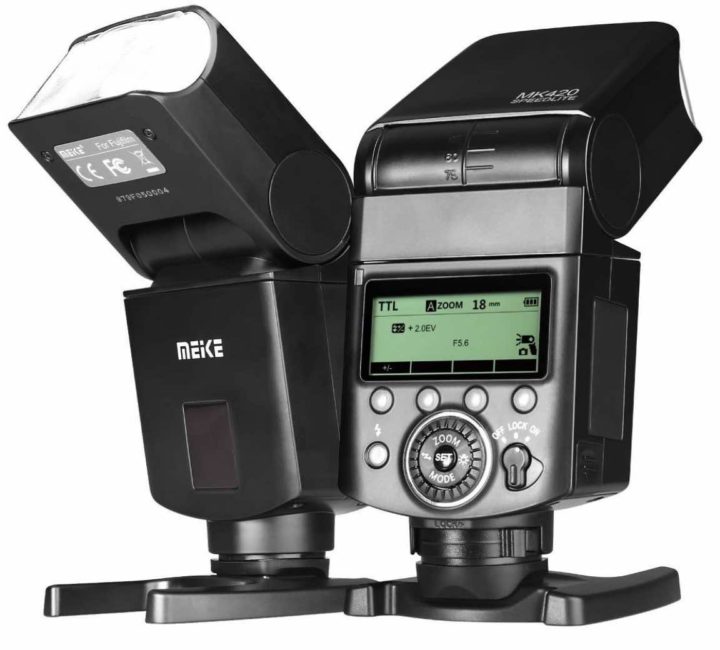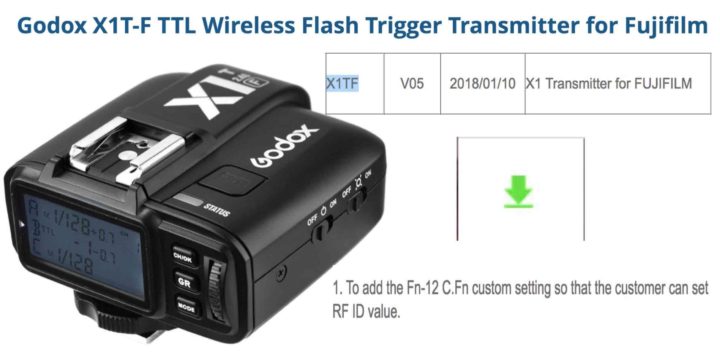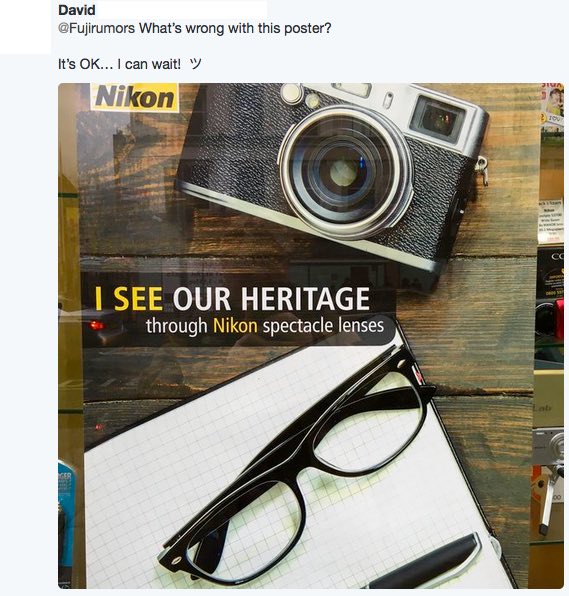FUJIFILM Sets Focus on Deal-Making after Surviving Fall of Film. $4 Billion for Acquisitions in the Next 3 Years – Wall Street Journal

Fujifilm Goes Shopping
Really many of you guys have sent me the recent Fujifilm related article at the Wall Street Journal.
And since it seems to be a topic you’d like to discuss, I’m going to share it here on FujiRumors with all of you.
Now, the original article can be found at the Wall Street Journal, but a super-quick summary can be found at finance.yahoo. It says:
“Xerox (XRX) is in talks with Japanese camera maker Fujifilm. According to the Wall Street Journal, Fujifilm would not fully takeover the copier company, but there would be leadership changes at Xerox. Activist investor Carl Icahn, who owns nearly 10% of Xerox, has said the company needs a shakeup in order to boost revenue and launch new products.”
But who is “Xerox”?
Xerox is a 112 year old US-company, that mainly makes printers and copiers. At the moment, Hewlett-Packard is strong market leader in this segment and Xerox has a hard time to compete with them.
Fujifilm is already cooperating with Xerox branches in the Asia-Pacific region, and you might remember the recent accounting irregularities found at Xerox Australia and New Zealand, which “caused a nearly 30% fall in profit at Fujifilm’s documents division in the six months ended September 2017“.
But despite the accounting irregularities, “Fujifilm’s documents division, which includes printers and copiers made by Fuji Xerox, made up 45% of the company’s sales and almost 40% of its operating profit in the six months ended September.”
Well, Fujifilm seems to be interested to further invest into Xerox, but would like to have more influence within Xerox and therefore requested a leadership change.
In another article (Xerox Should Look to Copy Fujifilm’s Success), the Wall Street Journal sees a good chance for Xerox in this deal, since Fujifilm has already survived the film fall by re-inventing its business (a great documentary about Fujifilm’s reinvention can be found here). The WSJ writes:
“Xerox printers and copiers are unlikely to be the future of either company in a world where offices are getting more work done digitally, rather than on paper. Fujifilm, which has survived the death of film photography while its rival Kodak floundered, may be able to provide a lesson in corporate reinvention.”
$4 billion for Acquisitions
And it seems that more investments by Fujifilm could follow. In fact the Wall Street Journal writes:
“Fujifilm has been an active deal maker for years, and it said in August it planned to spend more than $4 billion over the next three years for acquisitions.”
$4 billion over the next three years for acquisitions does not sound bad at all.
Personally, as Fujifilm camera/lens lover, I’d like to see some sort of investment into a sensor manufacturer that is not Sony, in oder to get “sensor independency” from Sony.
Until now, every new sensor Sony releases, can be purchased by Fujifilm only 6 months after Sony has already implemented it in their own cameras, which gives Sony a strategic advantage.
Moreover, Sony can also set the price to their pleasure, and especially the customized X-Trans sensor costs Fujifilm quite a bit.
To be clear: Sony makes fantastic sensors, and in many aspects they are superior to the sensors that Canon makes for example. So Fujifilm should never leave Sony, if the alternative is a worst sensor.
However, there are alternatives out there.
Lately there is a lot of talk about Tower Jazz. But also Samsung had a fantastic 28MP BSI APS-C ISO-invariant sensor with phase detection already 3 years ago for their amazing Samsung NX1, a know-how Fujifilm could decide to invest into for their own cameras, although, I know, it’s hard to see a Japanese and Korean company making any deal together.
And then, speaking of sensor independency from Sony, there is that mythical organic sensor that Fujifilm announced with Panasonic back in June 2013 and which due to some issues we reported here, never saw the light of the day so far (although it did take successfully pictures already). The latest update back in August 2017 here.
So guys, feel free to tell us, where you would recommend Fujifilm to go shopping in the next 3 years with those 4 billion dollar.
And don’t tell us “BEER”, because Fujifilm is already making beer tastier thanks to film technology, as we reported here. :)
have a fantastic weekend,
![]() Facebook, RSS-feed, Twitter and Instagram
Facebook, RSS-feed, Twitter and Instagram

